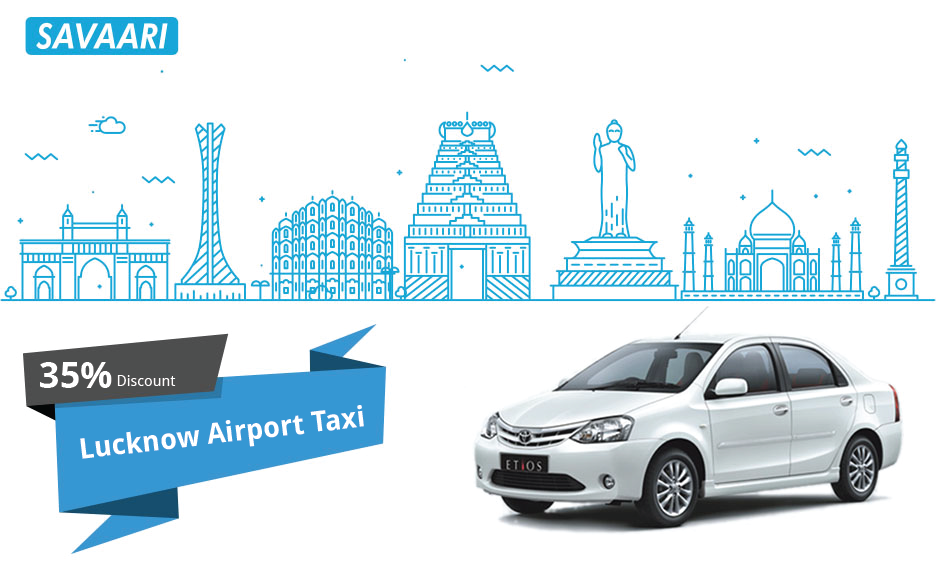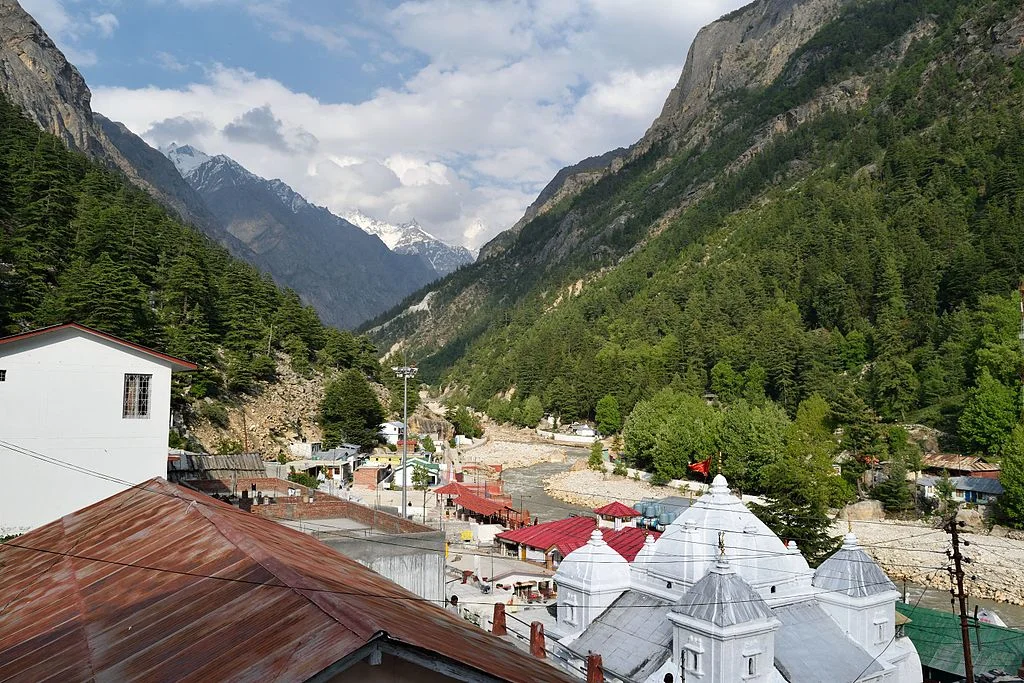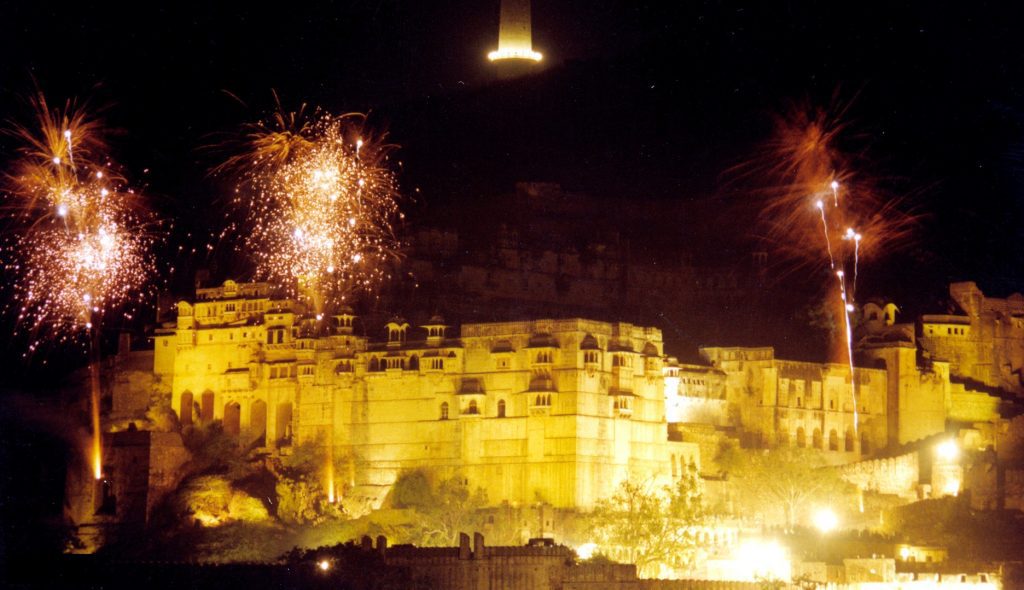India, a land of diverse cultures and traditions, has long been a magnet for various forms of tourism. From the glamour of Bollywood to the serene beauty of its natural landscapes, India offers a multitude of experiences for travelers. Among these, a unique and less discussed phenomenon is emerging: pregnancy tourism. This term might conjure images of expectant mothers enjoying serene retreats, but in reality, it delves into a much more complex scenario. Nestled in the high mountains of Ladakh, close to the Indus River and the contentious Line of Control in Kashmir, lie small, seemingly unremarkable Himalayan villages. These villages, however, have become the center of an extraordinary and controversial form of tourism.
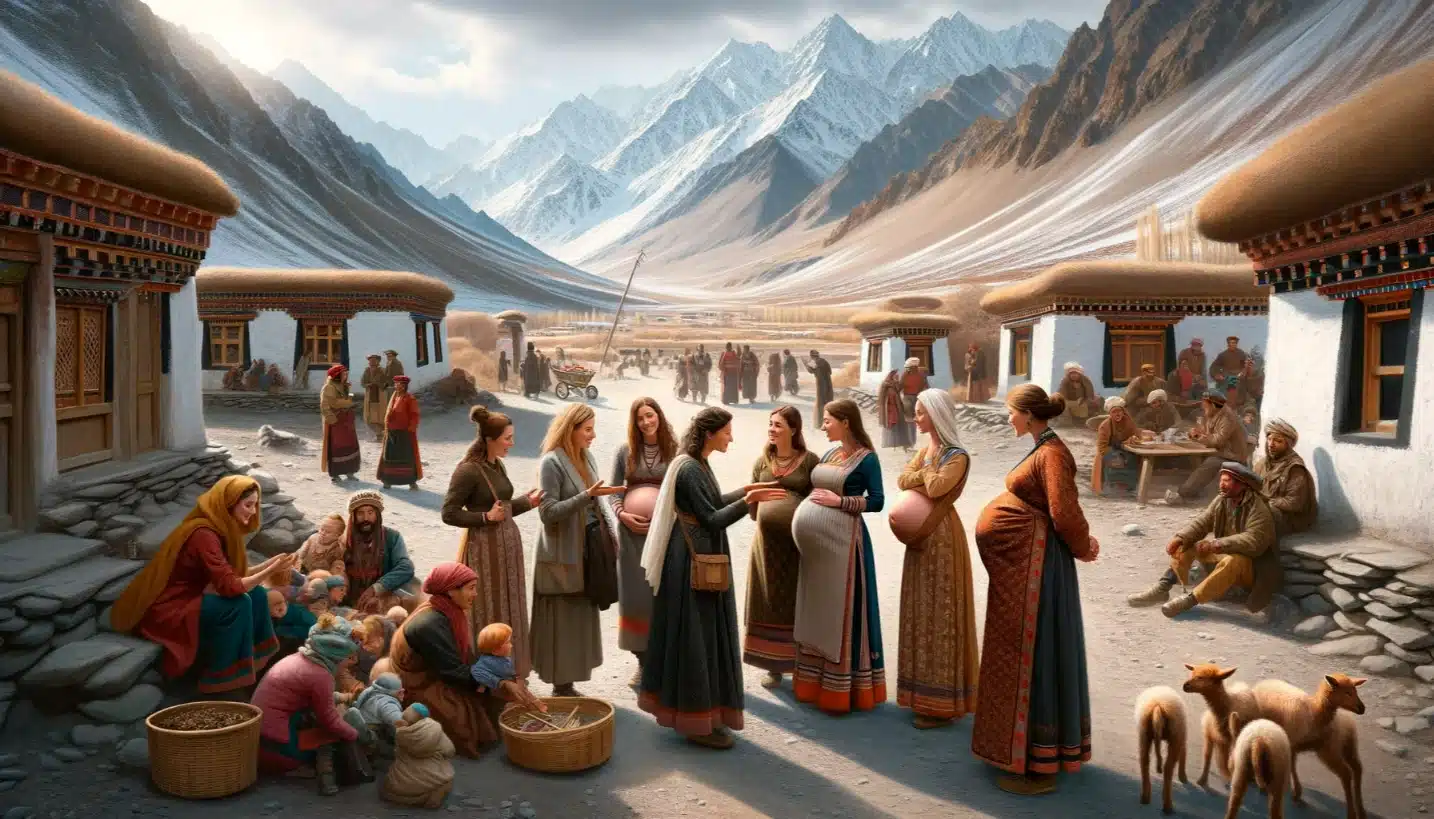
Here, in these remote settlements, lives a tribe believed by some to be the last pure Aryans. This claim, steeped in myth and lacking solid scientific backing, has nonetheless attracted women from various countries. They come with a singular and controversial purpose: to conceive children fathered by men from this tribe, seeking the so-called ‘pure Aryan’ lineage. This practice, surrounded by speculation and devoid of any firm theoretical foundation, is a subject of intense debate and ethical considerations.
In this article, we will delve into the layers of this phenomenon, exploring its implications, the truths and myths surrounding it, and the socio-cultural dynamics at play. We approach this topic not as advocates but as explorers of a little-known aspect of human behavior and cultural intersections. For those planning a journey, perhaps driven by curiosity or the desire to witness the stunning landscapes of this region, a comfortable drive from Delhi to Ladakh with Savaari offers an ideal start to an intriguing journey. Join us as we unpack the complexities of pregnancy tourism in Ladakh, where ancient beliefs, modern desires, and ethical dilemmas collide.
The Brokpas – Tracing the legacy of Alexander’s descendants
You must be wondering, when did Aryans come to India? This curiosity fuels the intriguing phenomenon of pregnancy tourism in Ladakh, centering on the unique Brokpa community. These individuals reside in what is known as the Aryan Valley, encompassing villages like Dah, Hano, Darchik, and Garkon. The Brokpas are wrapped in a narrative linking their lineage to Alexander the Great. They offer a living connection to ancient Aryan history and beliefs. In this culturally rich area, Islam, Buddhism, and the indigenous Bon coexist harmoniously. Each contributes to a diverse religious tapestry rooted in the ancient Aryan religion. This intriguing blend of history, religion, and culture makes the Aryan Valley a compelling destination. It’s ideal for those seeking a deeper understanding of the Aryans’ legacy in India.
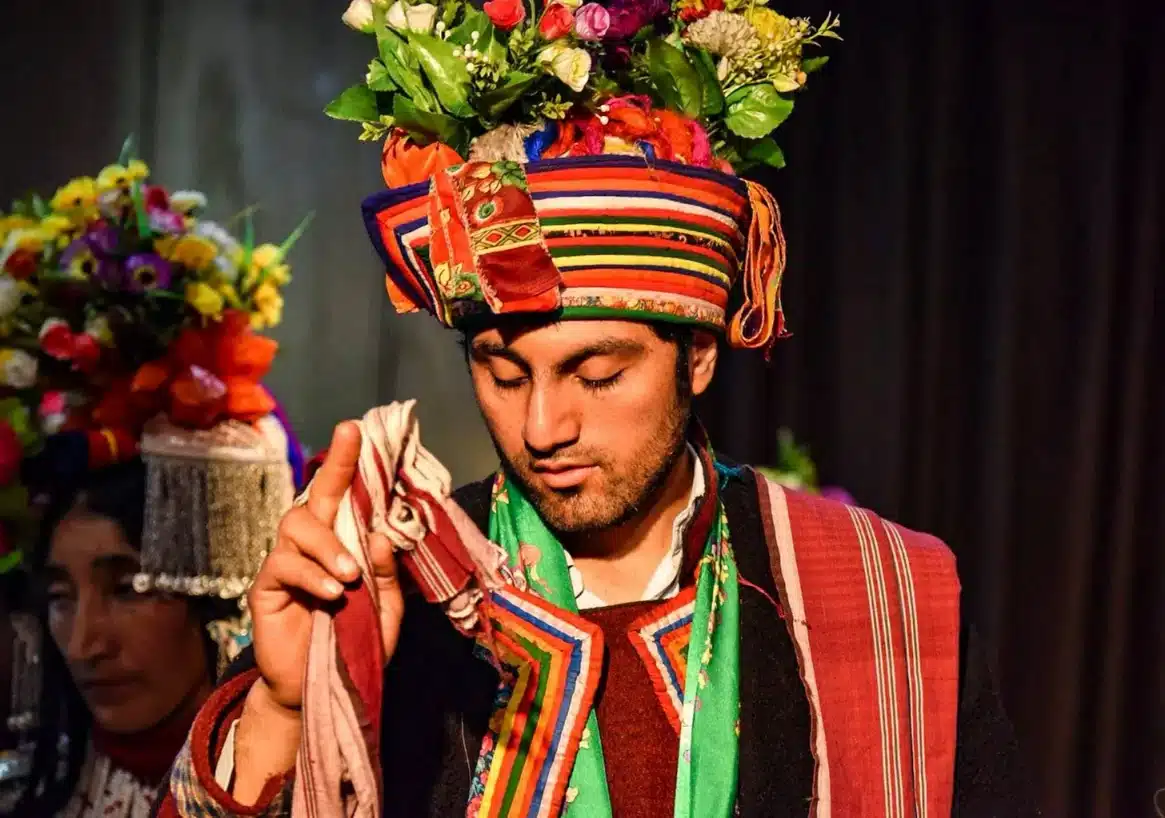
This connection, rooted in the events of the 7th century, casts the Brokpas as descendants of Alexander’s lost army, positioning them as the last pure-blood Aryans and the remnants of what Nazi-era racial theorists thought of as a purebred “master race.” Another village in Malana, Himachal Pradesh, shares a similar belief in being descendants of Alexander, as detailed in this blog. Celebrated for their unique physical attributes—tall stature, blue eyes, and blonde hair—the Brokpas exude an aura of superior intelligence. This starkly contrasts with the more prevalent Tibeto-Mongol features of other Ladakhi communities. Their distinctive appearance, coupled with the myth of an Aryan bloodline, intensifies their allure. This narrative further fuels the belief in their genetic link to Alexander’s army.
The Brokpa quest for racial purity
The Brokpas form a vital and dynamic component of Ladakh’s diverse culture. With a population of around 1800, their dedication to preserving their cultural and genetic distinctiveness is prominent. The community lives in isolation and has set strong rules which forbid them from intermixing with outsiders by means of marriage. The desire for Ladakh pregnancy with these specific traits, fueled by the notion of racial purity and superiority, draws Europeans and Americans, especially those with an acute awareness of racial lineage.
In 2006, the documentary “The Aryan Saga” showcased German women visiting Brokpa villages. They aimed to conceive children with Brokpa men, believing in the preservation of a pure Aryan gene within this community. These women traveled to Ladakh with the specific goal of experiencing a “Ladakh pregnancy.” This was seen as a way to uphold what they perceived as a ‘pure’ lineage. The documentary illustrates a broader fascination with accessing or preserving what is thought to be a genetically unadulterated heritage.
From folklore to income – The business of Aryan claims in Ladakh
The claims regarding the Brokpas being Aryans in India are largely based on folklore and lack scientific validation. No DNA or genetic testing has been conducted to substantiate their assertions of pure Aryan descent, which are primarily grounded in their physical characteristics and inherited stories. This narrative has been amplified by online agents who facilitate pregnancy tourism in Ladakh. These agents provide profiles of eligible men to interested women, with fees varying based on the men’s appearance.
The process often involves foreign women selecting a man, staying with him until conception, and then returning to their country once pregnant. The men in the community are reportedly compensated substantially, turning this practice into a source of income. Local women take it as a business because their men are paid heavily for making that foreign woman pregnant.
This trend has grown with the rise of the internet, which brought the Brokpa men to global attention. The involvement of tourism agents, who earn significant commissions, indicates commercial exploitation. This burgeoning business of pregnancy tourism in Ladakh, now requiring advance bookings, suggests that it might also be a strategic ploy by locals or the travel industry to attract more tourists and garner publicity for these villages. The phenomenon, therefore, raises questions about authenticity, ethics, and the commodification of cultural narratives.
Beyond the quest for Aryan seed – Embracing the true essence of Ladakh
The Brokpa community claims Aryan lineage, but it’s essential to approach this narrative with caution. Planning a visit to Ladakh solely for a ‘pure Aryan seed’ overlooks its rich cultural, historical, and natural beauty. This mindset perpetuates unverified myths and may lead to ethical and cultural exploitation.
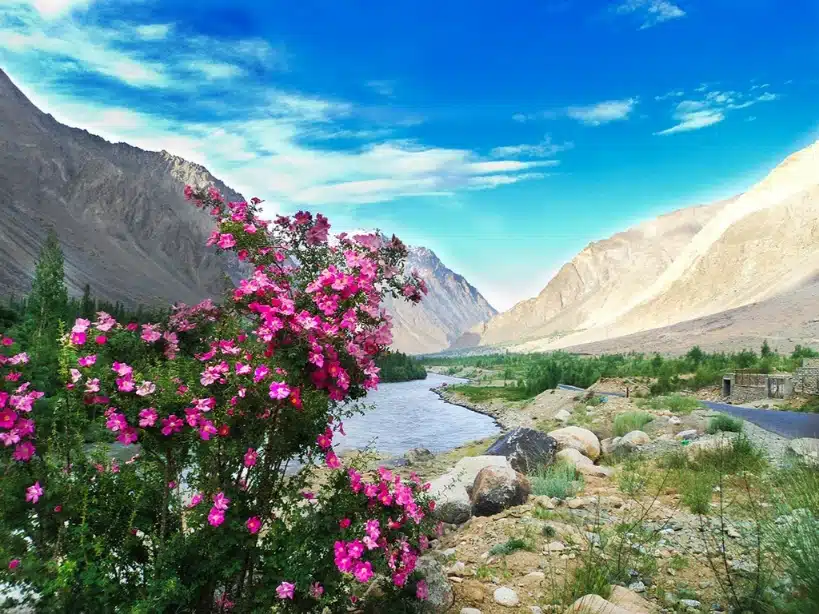
Instead, travelers should consider embracing the true essence of Ladakh, which extends far beyond the narrow scope of pregnancy tourism in Ladakh. Ladakh is a land of breathtaking landscapes, vibrant Buddhist culture, and thrilling adventure opportunities. From the serene monasteries to the rugged mountain passes, each aspect of Ladakh offers a unique glimpse into the region’s soul. To fully appreciate and experience this region, consider exploring this comprehensive travel guide for Ladakh, which offers insights and tips for a fulfilling journey.
The Aryan Valley unveiled – Ladakh’s secret paradise
The Aryan Valley, a relatively unexplored gem in Ladakh, is steadily gaining recognition thanks to efforts from the central government, local authorities, and security forces. Located approximately 160 kilometers from Leh, this valley is accessible and offers visitors a unique glimpse into a world that remains largely untouched by modernity. You can book a cab in Ladakh to make your way to the Aryan Valley. Here, amidst sharp valleys and shy locals, you can immerse yourself in a lifestyle that thrives on clear water streams, rich soil, organic vegetation, and an absence of pollution. Exploring the Aryan Valley offers a blend of cultural and natural attractions:
Bono-na Festival
This is the valley’s most famous festival, celebrated every three years in a cycle involving different pure Aryan villages – Dha-Biama, Garkon, and Ganogs (in Pakistan-occupied Baltistan). The festival spans five days, featuring traditional dances, music, and over 22 old songs. It’s a vibrant expression of local culture, enjoyed by all ages.
Kargil War Memorial
Situated in Drass, this memorial commemorates the soldiers who bravely fought in the Kargil War. Known alternatively as the Drass War Memorial, it bears the names of these heroes. It’s a place of somber reflection and national pride, recognizing the sacrifices made for the country.
Mulbekh Monastery
This site consists of two gompas, the Drukpa and Gelugpa Buddhist Monasteries. Dramatically perched atop a peak, they offer spiritual insights and stunning views. The 45-kilometer distance from Kargil makes it a compelling stop for those interested in Buddhist heritage.
Indus River
One of Asia’s longest rivers, the Indus River’s basin extends over 1,165,000 kilometers. It’s famous for its significant annual flow, which is vital for the ecosystems it supports. The river, originating from a mountain spring and fed by glaciers. It flows through diverse landscapes, including temperate forests and arid regions.
Visiting these places in the Aryan Valley allows for a deeper appreciation of Ladakh’s diverse cultural and natural heritage. Presenting an opportunity to witness traditions and landscapes that are both ancient and timeless.
Why travel to Ladakh with Savaari?
Ladakh, a region of unparalleled beauty, offers an experience that is both breathtaking and serene. The journey through its roads is an adventure in itself. Winding through spectacular mountain passes, alongside crystal-clear rivers, and through valleys that are a riot of colors, especially during the blooming season. Ladakh’s unique cultural tapestry is showcased in its vibrant festivals, like Hemis, which bring to life the rich Buddhist heritage with colorful dances and music. The landscape is dotted with ancient monasteries, each holding centuries of history and spiritual significance.
When you choose to travel to Ladakh with Savaari, you’re not just opting for comfort and convenience; you’re also embracing an opportunity to deeply connect with the region’s soul. Savaari’s services ensure a smooth journey across Ladakh’s diverse terrains, allowing you to soak in the stunning vistas without worry. More importantly, Savaari facilitates respectful and meaningful interactions with local communities, including the intriguing Brokpas in Ladakh. This approach to travel allows for a deeper, more authentic understanding of Ladakh’s culture and way of life. By downloading the Savaari Car Rental app to book your cab to explore Ladakh, you contribute positively to the region and its people. Making your journey not just a trip, but a rich, enlightening experience that resonates long after you’ve returned home.
Last Updated on January 11, 2024 by blogadmin



